Residual sugar is a term often thrown around in the world of wine, but what is not called residual sugar in wine? For those who are new to the intricacies of winemaking, it can be confusing to decipher how much residual sugar or sweetness plays a role in the overall flavor profile of a wine.
Residual Sugar Definition
In simple terms, residual sugar refers to the few natural grape sugars left that remain after alcoholic fermentation finishes. These sugars can have a significant impact on the taste and style of a wine, ranging from bone-dry to lusciously sweet wine.
Understanding residual sugar is key to developing an appreciation for different wine styles and making informed choices when purchasing or pairing wines. The sugar levels in wines are given in g l.
Where does residual Sugar in Wine Come from?
When it comes to wine, the presence of residual sugar can greatly affect its taste and overall profile. But where does this sweetness come from? Residual sugar is simply the natural grape sugars as fructose and glucose that remain in the wine after fermentation is complete.
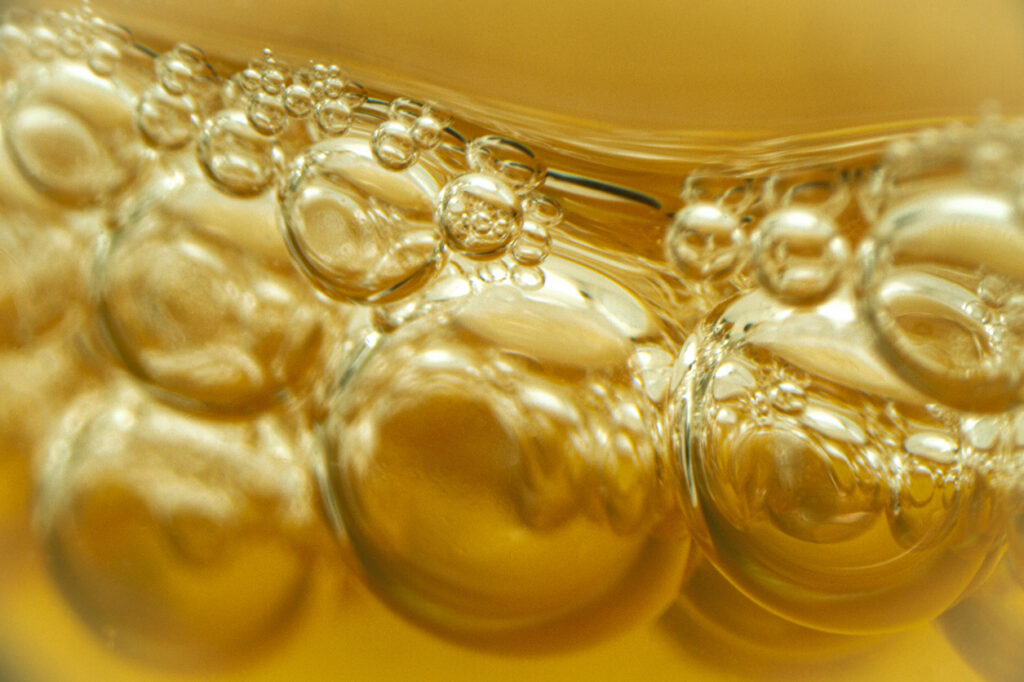
During the winemaking process, yeast converts grape juice into alcohol through a process called fermentation. However, if the fermentation is stopped before all the sugars are converted into alcohol, some residual sugar will remain, giving sweet wines.
The amount of residual sugar in wine depends on the balance of various factors such as grape variety, climate conditions during growing season, and winemaker’s intervention. Some grape varieties naturally have higher levels of sugars than others due to their genetic makeup making wine taste sweet.
For example, grapes like Riesling in warmer regions and Muscat are known for their high sugar content even when fully ripened. German riesling is famous for iths dry character as it grows in colder regions.
How Winemakers Control the Amount of Residual Sugar in a Wine
Winemakers have a fascinating array of techniques at their disposal to control the amount of residual sugar in wine, impacting its sweetness and flavor profile. One method involves halting fermentation before yeast consumes all the natural sugars and converts them into alcohol, resulting in semi sweet or sweet wines.
This can be achieved by either cooling the wine to inhibit yeast activity or through the addition of sulfites to kill off the yeast altogether. Another approach is chaptalization, which involves adding sugar to the grape must before fermentation begins, thereby increasing the wine options potential alcohol content and leaving behind more residual sugar.
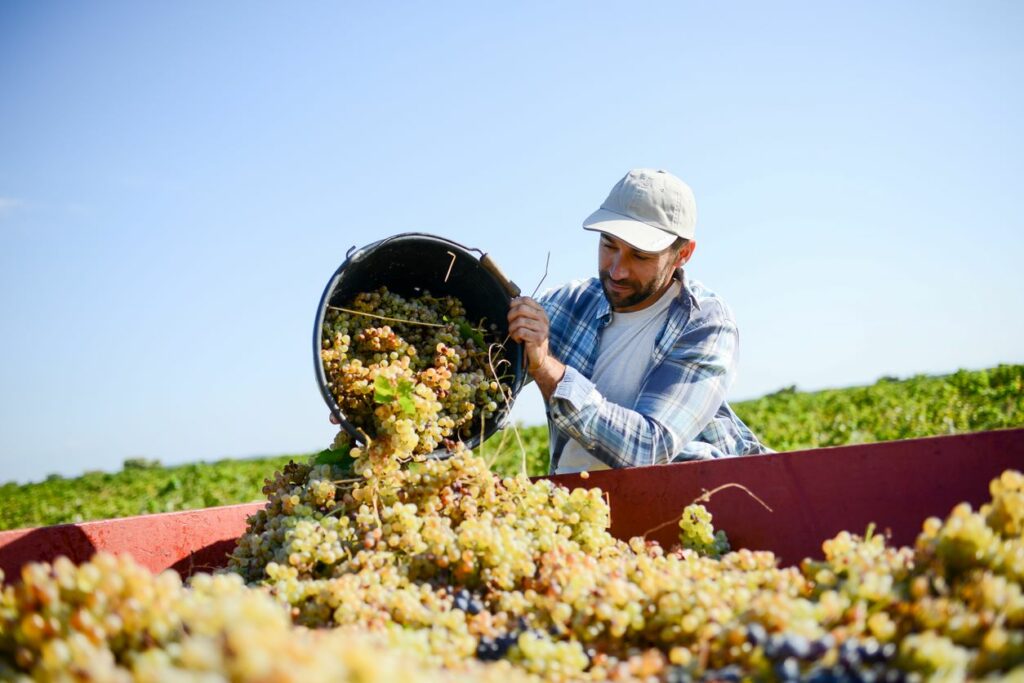
Beyond these traditional methods, modern winemakers also utilize advanced filtration and centrifugation processes to selectively remove all the sugar from wine. In contrast to dry wines, some opt for blending different wines with varying levels of residual sugar to achieve a desired sweetness level. Additionally, advancements in genetic engineering may offer future possibilities for controlling residual sugar more precisely at the vineyard level through targeted modifications of grape varieties. As winemaking continues to evolve, so too will the innovative ways in which vintners manage residual sugar to create wines that delight discerning palates worldwide.
Do Wineries Add Sugar to Wine: Shedding Light on Chaptalization
When it comes to winemaking, one controversial practice that often sparks debates among wine enthusiasts is chaptalization. Chaptalization sweet wine refers to the process of adding sugar to grape juice or must before fermentation, with the aim of increasing the alcohol content in the resulting wine.
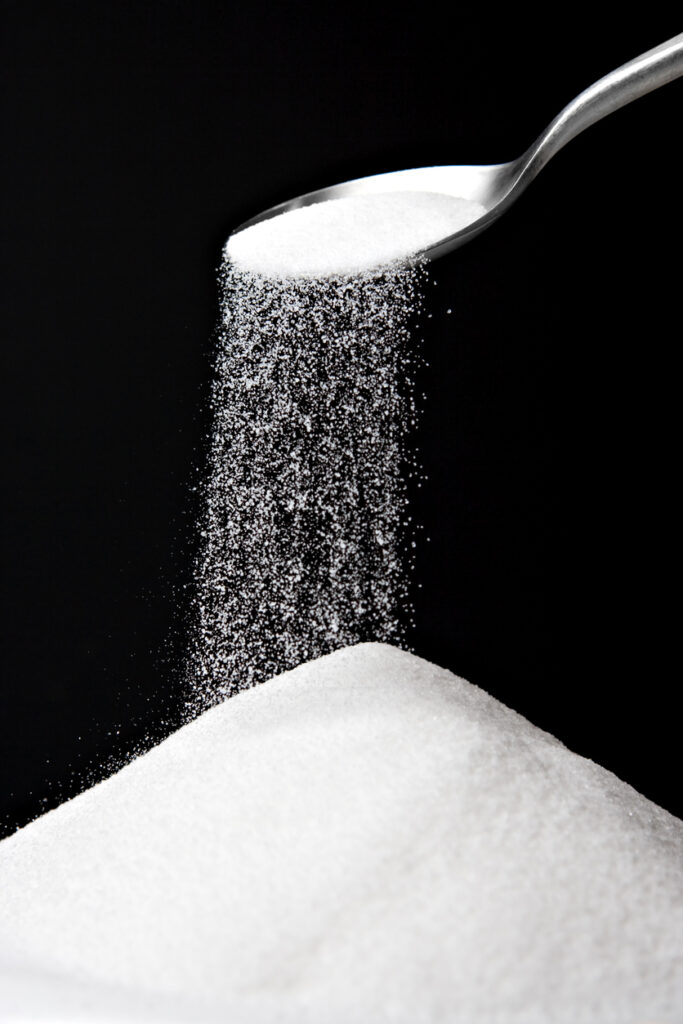
While this technique has been used for centuries in cooler climate regions dry wine, where grapes may struggle to ripen fully, it remains a hot topic in the world of winemaking.
Traditionally, chaptalization was employed as a means to compensate for underripe grapes and ensure sweet dessert wine had an optimum level of alcohol. However, its use is heavily regulated today in various countries around the world. In some regions, such as Champagne and Burgundy in France, chaptalization is strictly prohibited altogether.
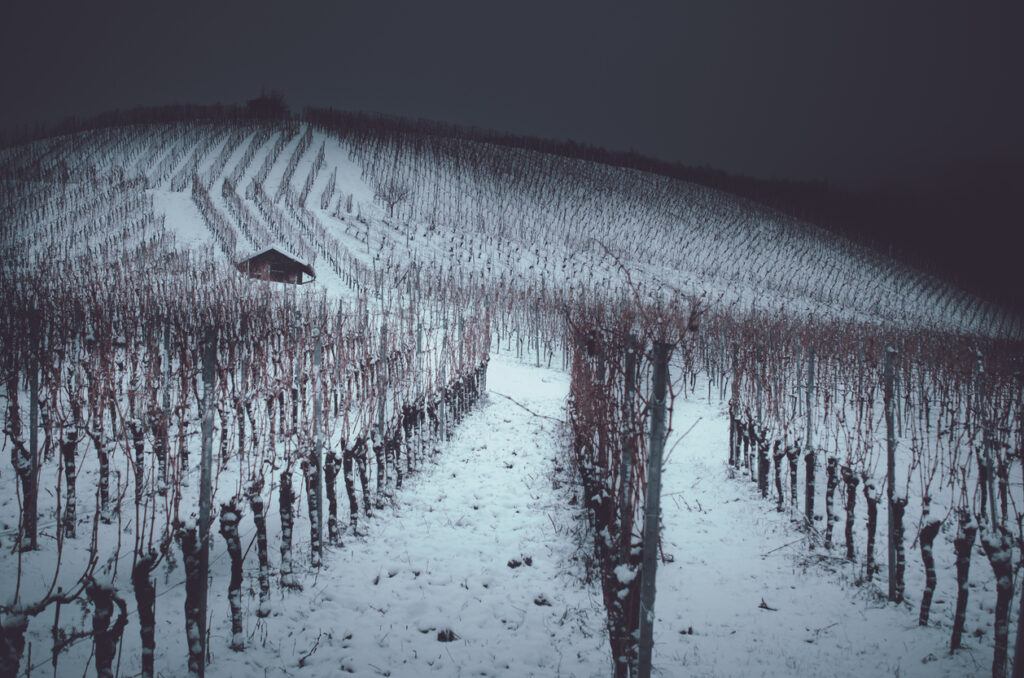
What influences the perception of sweetness?
Understanding how our taste buds perceive sweetness involves a complex interplay of factors, with acidity and temperature being two key influencers.
Acidity
When it comes to our perception of sweetness, there are various factors at play. One significant influence on how we perceive sweetness is acidity. The presence of acidity in a food or beverage can significantly reduce its perceived sweetness. This phenomenon occurs due to the way our taste buds interact with different types of flavors and sensations.

Our taste buds have specific receptors that recognize sweet and sour tastes separately. When we consume something sweet, these receptors send signals to our brain, which interprets the flavor as being pleasurable and sugary. However, when acidity is introduced into the equation, it interacts with these sweet receptors, effectively dampening their response. As a result, even if a food or drink has a high sugar content, its overall sweetness may be perceived as reduced due to the presence of acidity.
Temperature
Secondly, temperature also has a significant impact on how we perceive sweetness. Cold temperatures tend to reduce our ability to detect sweetness while enhancing our sensitivity to bitterness and acidity. For instance, an ice-cold soda may taste less sweet than when consumed at room temperature due to the numbing effect of cold on taste buds.
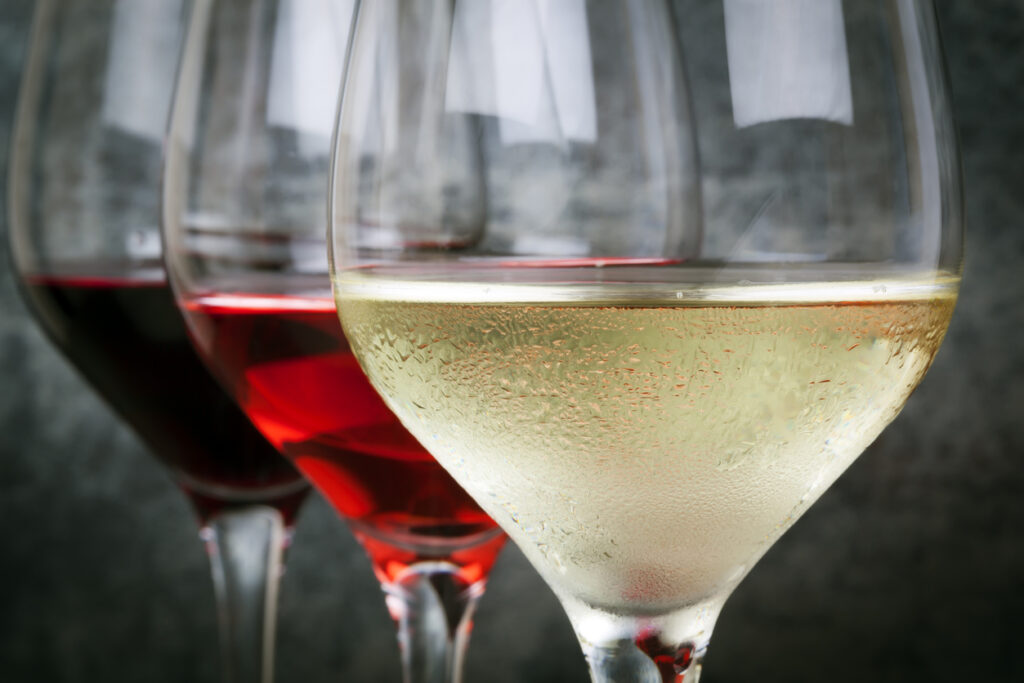
What is the sweetest wine?
When it comes to indulging in a truly sweet and decadent wine, few red wines can compare to the legendary Tokaji Eszencia. Originating from the Tokaj region of Hungary, this unique dessert wine is renowned for its unparalleled sweetness and rich history.
Made from grapes affected by noble rot, known as botrytis cinerea, each drop of Tokaji Eszencia is a pure nectar extracted from overripe berries. The result is an incredibly concentrated liquid gold that captivates the palate with its luscious flavors.
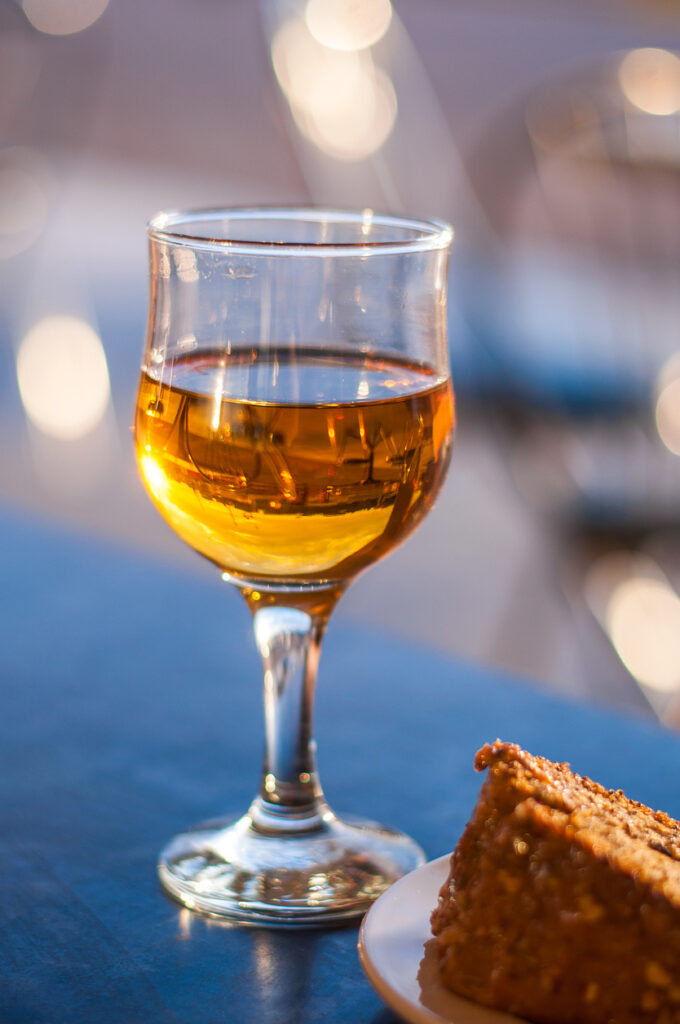
Tokaji Eszencia’s sweetness level is unrivaled in the world of dessert wines. Its residual sugar content reaches extraordinary levels, often exceeding 400 g/ liter l!
What is the driest wine?
Are you a fan of dry wines? If so, you may be wondering what the driest wine out there is. Look no further than white, zero dosage sparkling wine! This type of dry wine is renowned for its bone-dry character and lack of residual sugar. Zero dosage refers to the absence of any added sugar during the production process of sparkling white wine. The yeast consumer the sugar present and converts it into carbon dioxide and ethyl alcohol. This results in a clean, crisp taste that appeals to those with a preference for dryness.
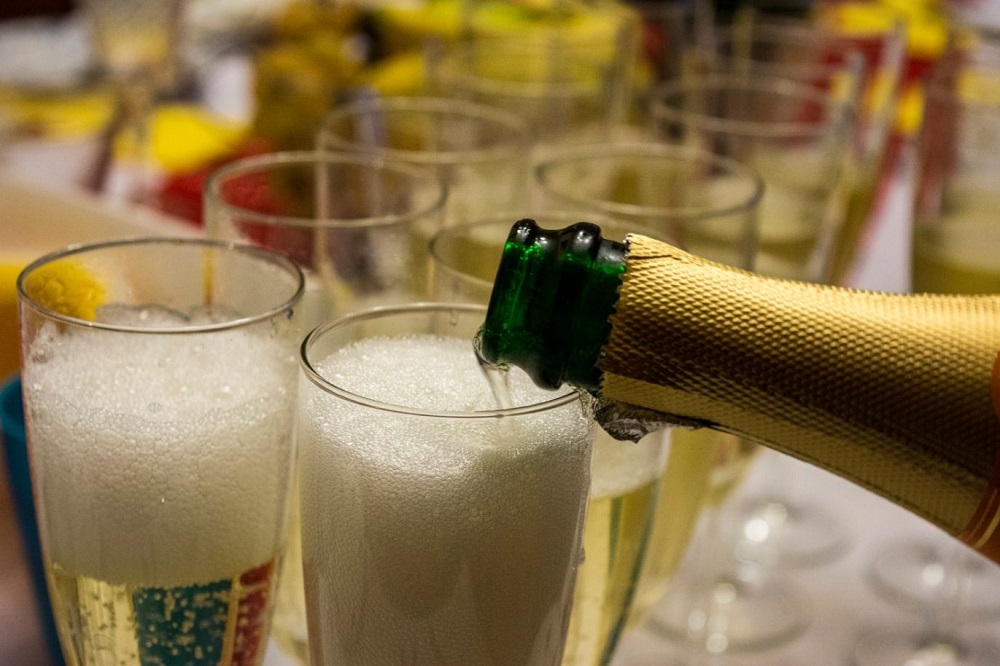
White, zero dosage sparkling wines are made using traditional methods like Champagne production but without the addition of any sweetening agents. The grapes used are typically Chardonnay or other white varietals known for their acidity and ability to produce vibrant flavors. During fermentation, yeasts consume all the grape’s natural sugars, leaving behind an exceptionally dry base wine.
White, zero dosage sparkling wines are made using traditional methods like Champagne production but without the addition of any sweetening agents. The grapes used are typically Chardonnay or other white varietals known for their acidity and ability to produce vibrant flavors. During the alcoholic fermentation process of sparkling wines, yeasts consume all the grape’s natural sugars, leaving behind an exceptionally dry base wine.
How Come Wine Isn’t Labeled?
The absence of nutritional labeling on wine bottles has long been a source of mystery for consumers. Unlike other food and beverage products, wine is not required to display serving facts or disclose nutritional values on its packaging. This lack of transparency leaves many people in the dark about the calorie, sugar, and carbohydrate content contained in their favorite glass of merlot or chardonnay. While the Alcohol and Tobacco Tax and Trade Bureau (TTB) regulates wine production and labeling, it does not specifically require nutritional information to be included.
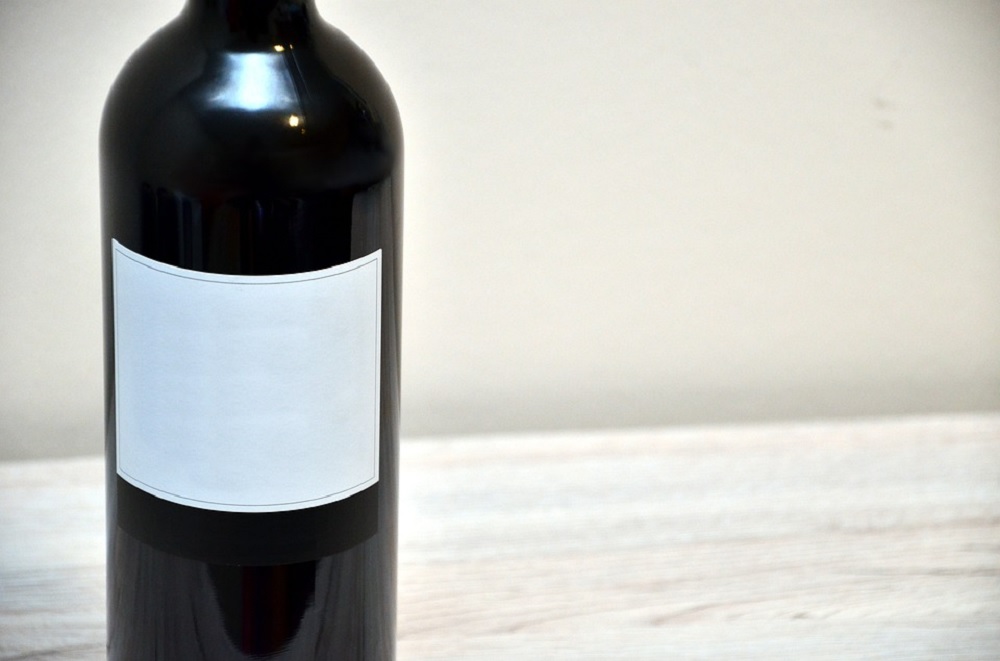
One reason behind the exemption of wine from mandatory nutritional labeling is the historical context surrounding its classification as an alcoholic beverage rather than a food product. The TTB’s oversight primarily centers around alcohol content and origin designation rather than detailed nutritional statistics. Additionally, unlike the Food and Drug Administration (FDA), which mandates nutritional labeling for most food products, wine falls into a separate regulatory category that allows for different standards when it comes to disclosing nutritional information.
The lack of standardized nutritional values in wine presents challenges for individuals seeking to make informed dietary choices. As consumer awareness grows regarding health-conscious decisions, there is increasing pressure on regulatory bodies like the TTB to reevaluate this discrepancy between alcoholic beverages and other consumable goods. Despite these hurdles, some winemakers have taken initiative by voluntarily providing basic nutrition details on their packaging or websites, reflecting a shift towards meeting consumer demand for transparency in an ever-evolving industry landscape.
Clinitest® Method
The Clinitest method for measuring residual sugar in wine has been a game-changer for winemakers worldwide. By utilizing a chemical reaction to detect the presence of residual sugar levels vary top of reducing sugars, this method provides a quick and accurate way to determine how much sugar in the sweetness level of wines, allowing for precise adjustments and optimizations during the production process. However, it’s important to note that while the Clinitest method is widely used and efficient, its results should be complemented by sensory evaluation as there are other factors beyond residual sugar that contribute to the perceived sweetness of a wine.

One fascinating aspect of the Clinitest method is its adaptability across various types of wines. Whether it’s a dry red or sweet white, this approach can effectively measure residual sugar levels without being limited by grape varietals or fermentation methods. This flexibility not only streamlines quality control but also empowers winemakers with valuable insights into their product’s composition, enabling them to create more consistent and appealing products. As innovation continues to drive advancements in winemaking technology, it’s exciting to see how traditional practices such as the Clinitest method continue to play a pivotal role in shaping today’s dynamic industry.

